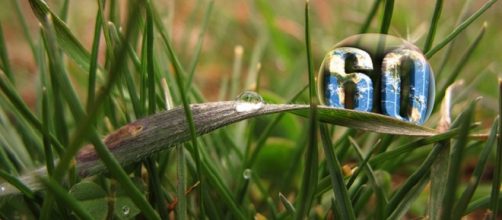Tuesday 22nd September marks a memorable moment in the history of Television as ITV celebrates its 60th anniversary. It was on that day back in 1955 that London viewers were able to view pictures produced by the channel for the very first time, as an alternative to the BBC’s licence fee-supported offering. ITV plans to celebrate the landmark with a number of special programmes, including an hour-long Coronation Street special which will go out live.
Early television monopoly
BBC One had been launched back in the 1930s, enjoying something of a monopoly until ITV was launched and with it the introduction of the commercial break.
The revenue provided by companies eager to promote their products in between the programmes themselves was ITV’s alternative to the television licence fee imposition. As ever, the short break in viewing could be considered either an unnecessary interruption or as an opportunity to put the kettle on.
Commercial television’s beginnings
It was 1954 before The Television Act of that year permitted commercial television to come into being as Royal Assent was granted and ITV began with a 7:15pm broadcast on that opening day in 1955. The first programme to be aired was a rather stately affair, as the Lord Mayor spoke at a ceremony at London’s Guildhall. Shortly after 8pm the viewers saw the first advert as that ‘honour’ went to Gibbs SR toothpaste.
It was to be 1962, however before ITV were able to broadcast to the rest of the nation.
Popular ITV programmes
Things have changed significantly in TV viewing in the years thereafter. With the iconic Coronation Street bursting on to the screen in 1960, it paved the way for the soap operas that followed. But for ITV there may never have been such popular programmes produced as Emmerdale (originally aired as Emmerdale Farm), Who Wants To Be A Millionaire, The Bill, The X Factor and Downton Abbey as advertising funded the commercial station’s output.
More channels created
Unlike the current plethora of options in the digital age, additional television channels were not as easily or quickly available in those early days of television. It was to be another nine years after ITV’s launch before BBC Two became the sister station to BBC One in 1964, again utilising the television licence fee as its financial backer.
Further commercial broadcasters were to come in the shape of Channel 4 in 1982, before Channel 5 became the final British terrestrial analogue network in 1997. Digitalofferings have resulted in the number of available channels mushrooming in recent times.
Viewing share
ITV have continued to thrive in the main ever since those early days, despite the number of different channels available to the modern day UK audience having grown out of all recognition. Figures for early September 2015 suggest that their current share of viewers is around 11%, with BBC1 some way ahead on around 21% and BBC2, Channel 4 and Channel 5 all enjoying around 4-5% each.
With the Rugby World Cup having started promisingly, ITV are hopeful that their coverage will provide a welcome boost to their ratings.
ITV’s celebrations
Besides the Corrie special, ITV will also celebrate the anniversary by inducting a number of famous faces into their Hall of Fame. The celebrities will include the legendary presenter Bruce Forsyth and Corrie’s very own Rita, the real-life Barbara Knox, who will get to see early clips from the archives as part of the induction process.

